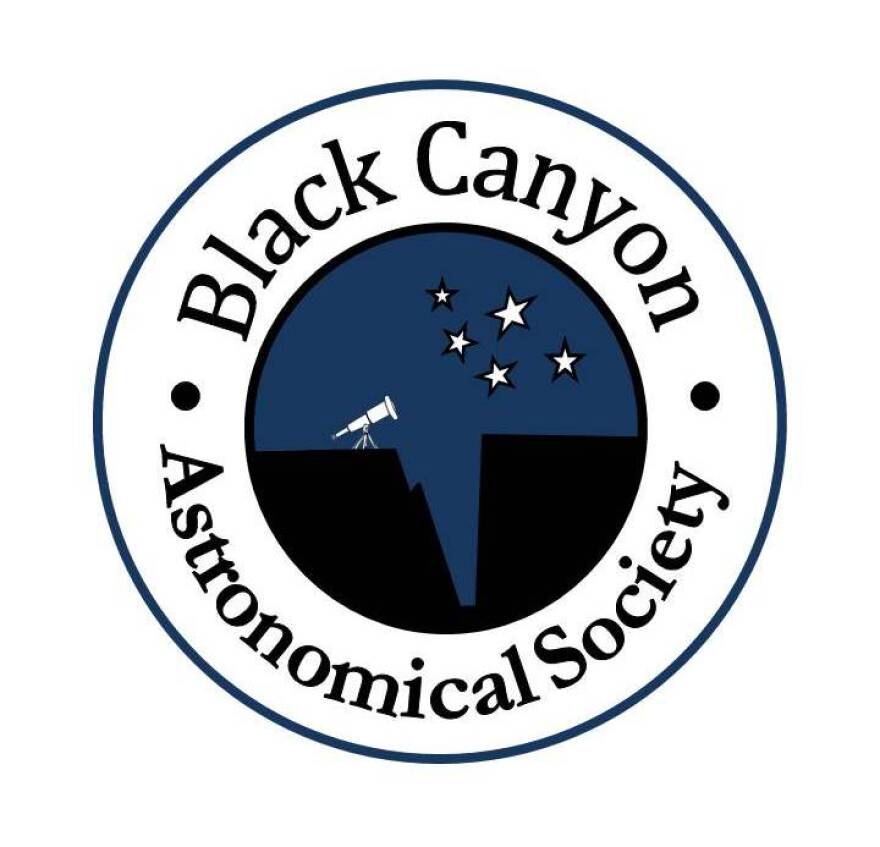In 2016 NASA launched the OSIRIS-REx spacecraft toward an asteroid named Bennu, a 1,700-ft-wide body that orbits the Sun near Earth’s orbit.
OSIRIS-REx took 2 years to reach Bennu and started orbiting the asteroid on December 31. NASA is doing detailed studies of Bennu from close range, before OSIRIS-REx descends to sample the asteroid’s surface in mid-2020.
Discovered in 1999, Bennu was named by contest-winner Michael Puzio, a 3rd grader, for a bird-like deity from ancient Egypt that relates to the Sun, creation, and re-birth. So, why is there so much interest in Bennu, a small asteroid less than 2,000 ft wide? The answer is in the spacecraft’s name. For NASA, a world-class deviser of acronyms, the name OSIRIS-REx spells out the mission. O – stands for “Origins”, SI- for “Spectral Interpretation”, RI – for “Resource Identification”, S – for “Security”, and REx - for “Regolith Explorer.”
Based on studies from Earth, Bennu is a pristine, carbon-rich asteroid that may contain amino acids and other interesting organic compounds. Understanding the Origin of such asteroids is important for understanding the distribution of carbon-bearing compounds in the solar system and the origin of life.
Spectral Interpretation from very close range will help scientists determine Bennu’s chemical composition and improve interpreting spectra from other asteroids. Resource Identification includes determining the mineralogy of Bennu and identifying potentially valuable minerals resources. OSIRIS-REx has already identified water-bearing clay minerals on Bennu.
Bennu is a Security Threat. During several close encounters between years 2169 and 2199, Bennu has a slight chance of impacting Earth. OSIRIS-REx will help astronomers predict Bennu’s future orbital path by gaining a better understanding of non-gravitational forces, like effects from infrared emissions.
OSIRIS-REx is obtaining detailed images and analyses of the asteroid’s rocky surface, or Regolith. The spacecraft recently found that rocks as wide as a few inches are being ejected into space from Bennu. OSIRIS-REx will then sample Bennu’s regolith and return this material to Earth for detailed study.
September 24, 2023 will be an exciting day. OSIRIS-REx’s sample return capsule will streak across the California and Nevada sky, before landing in western Utah.

Western Slope Skies is produced by the Black Canyon Astronomical Society. This episode was written and recorded by Art Trevena.
Web links for OSIRIS-REx at Bennu:
www.nasa.gov/osiris-rex
osirisrex.arizona.edu/
www.planetary.org/blogs/?keywords=osiris-rex
planetary.s3.amazonaws.com/assets/images/charts-diagrams/2018/AsteroidOperationsTimeline.png
www.skyandtelescope.com/astronomy-news/osiris-rex-arrives-at-asteroid-bennu/


